After 31 blog posts since August 2023, I thought I’d talk a little about how I got started metal detecting in case anyone is interested. It all started back in 2012; there was a show on The Discovery Channel, I believe, called Gold Rush, which is a show about a group of men from Oregon who lost their jobs and decided to prospect for gold in Alaska. Not sure if it’s still on as I downgraded my channel selection a few years ago and that channel wasn’t included in the new content list. Anyway, trish and I did a little research and found that small amounts of flour gold have been found in a few Pennsylvania streams. We bought a panning kit from the internet and hit a couple local streams with no luck. Sometime after this, we discovered that there were certain metal detectors that could detect gold nuggets.
We located a local dealer that sold such instruments. I was a little skeptical, mostly because I thought finding a gold nugget in Pennsylvania was highly unlikely and I wasn’t sure what else I would use the detector for, but we walked out the door with an $800 contraption that we could barely turn on. Before we left, the gentleman who ran the shop gave us instructions on how to use our new machine. We brought our new toy home and I thought I would see what I could find in the yard. I uncovered a set of keys (read more about this set of keys and all the others HERE), a hose nozzle, and a couple of Hot Wheel cars (to read more about some of the old toy cars I’ve found, click HERE) the kids had lost years before. I was hooked.
I have been interested in old coins since I was probably 9 years old. I remember saving up a dollar or two and asking my mom to pick up a roll or two of pennies. I’d go through them looking for any wheat cents. A roll of nickels was $2.00, so if I could save enough, I could get a roll of 40 Jefferson nickels (began mintage in 1938) and hope for some older ones. I did find some and I had what I thought was a pretty good collection. I had to stop at nickels because a roll of dimes was $5.00, and that was beyond the means of most 9-year-olds in the 1960’s.
It was after finding a few cool things in my own back yard that I began to envision finding 100- and 200-year-old coins everywhere. Boy, was I wrong! I went to parks and school yards and such and I did find modern coins and that was nice for a start, but I was yearning for something really historic and interesting.
After about 2 years, I decided to stop at Pine Grove Furnace State Park and see if they would let me detect the beach at Laurel or Fuller Lakes. They issued me a permit to metal detect anywhere in the park except the historical area around the old iron furnace. It was in the park that I found my first silver coin, a 1963 Roosevelt dime. For those of you who might not know, dimes, quarters, and half dollars were made of 90% silver until 1965.
Fuller Lake was created when the excavations from mining iron ore were abandoned and filled naturally with water. To change the pig iron from Pine Grove Furnace into wrought iron required a lot of mechanical power, and Laurel Lake came into existence when a dam was built to provide water power via the forge’s water wheel race.

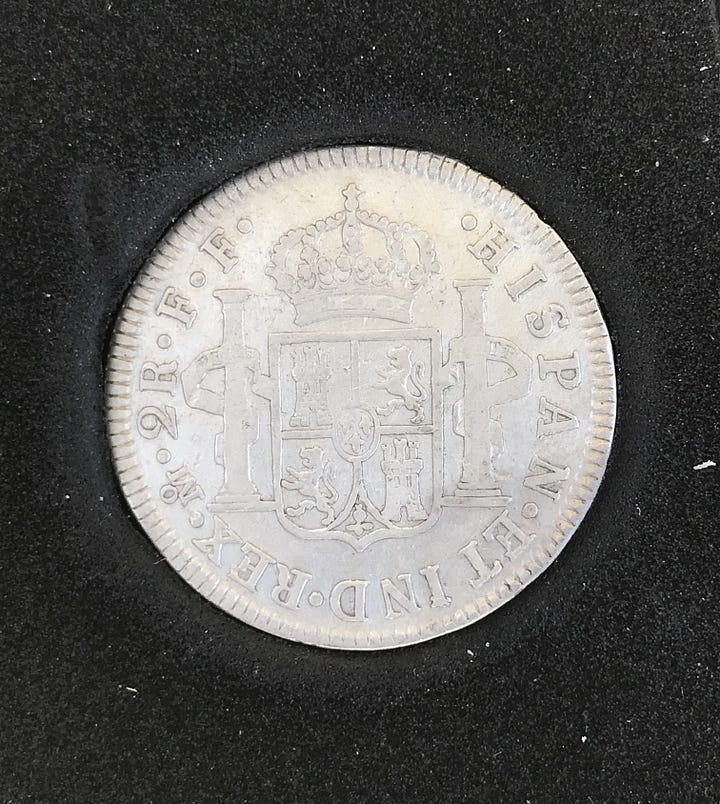
(To read more about this 2 Reale piece and other old coins I've found, click HERE.)
Of course, this fueled my interest and so I began checking other state parks. Some issue permits, some don’t. I’ve only run into 3 or 4 that don’t allow any detecting. The rest all have common sense rules like “no detecting around picnic areas that are in use,” or “no beach detecting between Memorial Day and Labor Day.” I’m very fortunate to live in Pennsylvania because I’ve checked other states’ State Park rules, and almost all adjacent states do not allow metal detecting at all.
Many areas that we know today as PA State Parks were once areas of historical industry and activity, sometimes dating back centuries to the 1700s. Take Mont Alto State Park in south-central PA: there was an iron furnace nearby that was built in 1807 and serviced by a railroad. This Mont Alto Railroad served a dual purpose, carrying iron shipments from the furnace and bringing visitors to Mont Alto Park.
(To read more about this coin and some other neat finds, click HERE.)
When the iron industry was declining, the owner decided to open a park in the late 1870’s and charge a fee to people to spend a day enjoying sunshine and fresh air. The railroad brought crowds to this recreational area, and this went on for about 20 years, until the automobile became popular and the land was sold to the state in 1902 and became Pennsylvania’s first state park. But in its heyday, while enjoying a day of fun, some of the visitors lost money or trinkets. Similarly, many other Pennsylvania State Parks have a lot of history from before the time that they came under control of the Commonwealth.
Now, 12 years after getting my first metal detector, I have thousands of found objects in my collection. My oldest coin is a King William copper (to read more about this and other early Colonial coins I’ve found, click HERE), which was produced between 1694 and 1702, although the exact date isn’t legible on this particular coin. My most valuable find is difficult to gauge because establishing values on much of my “horde” is nigh on to impossible. And I have so many favorites that it’s impossible to choose just one.


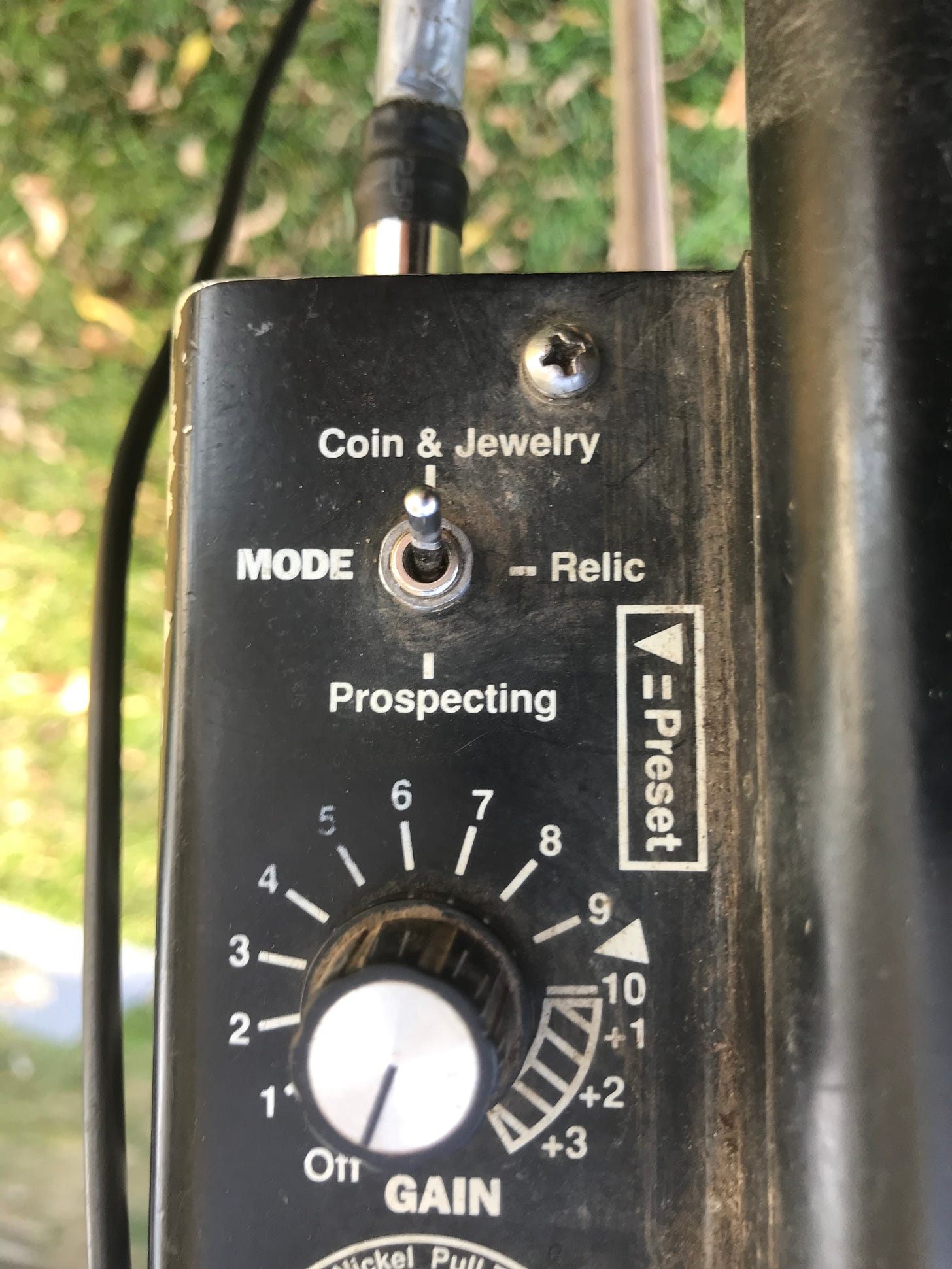
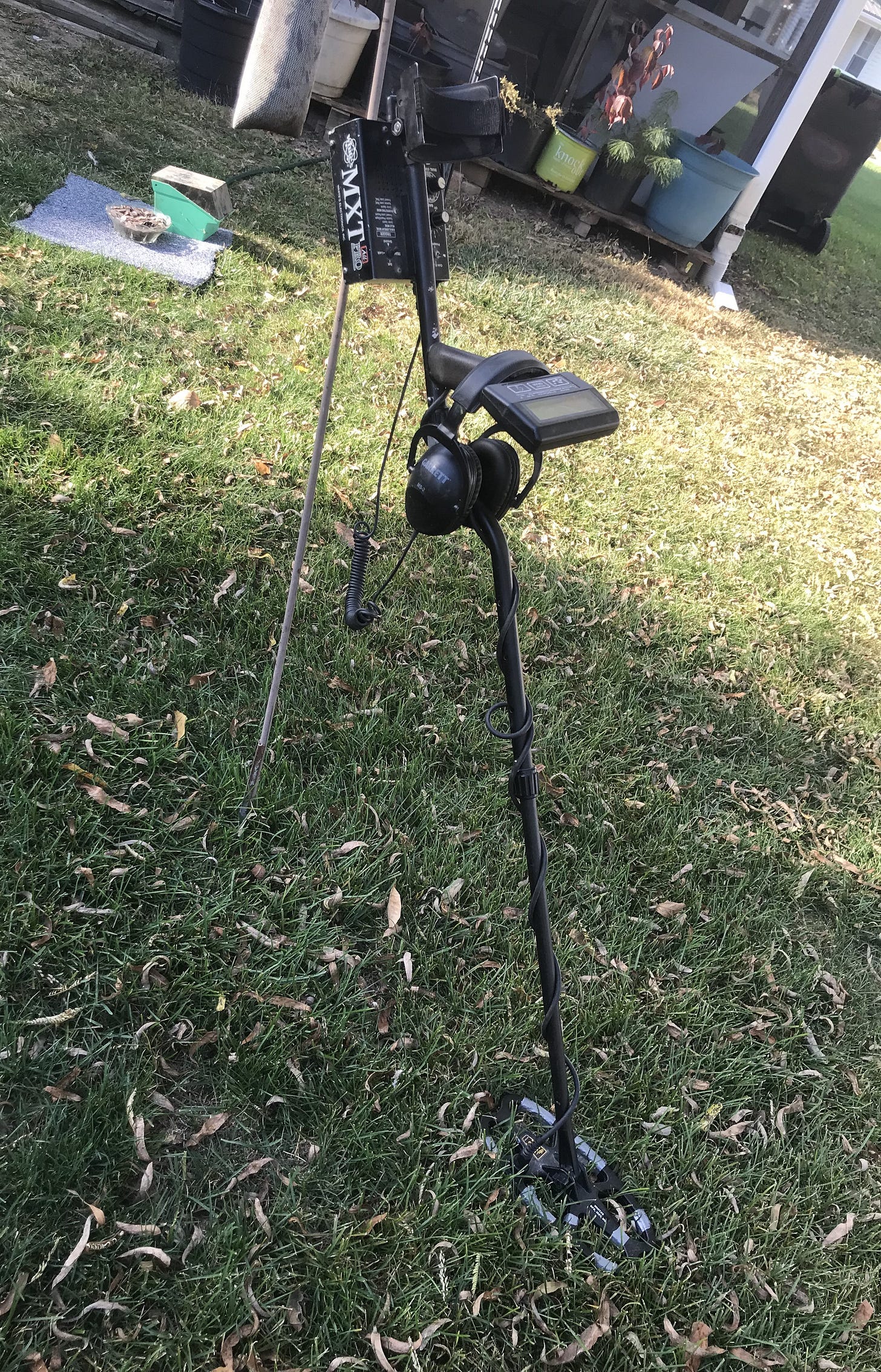
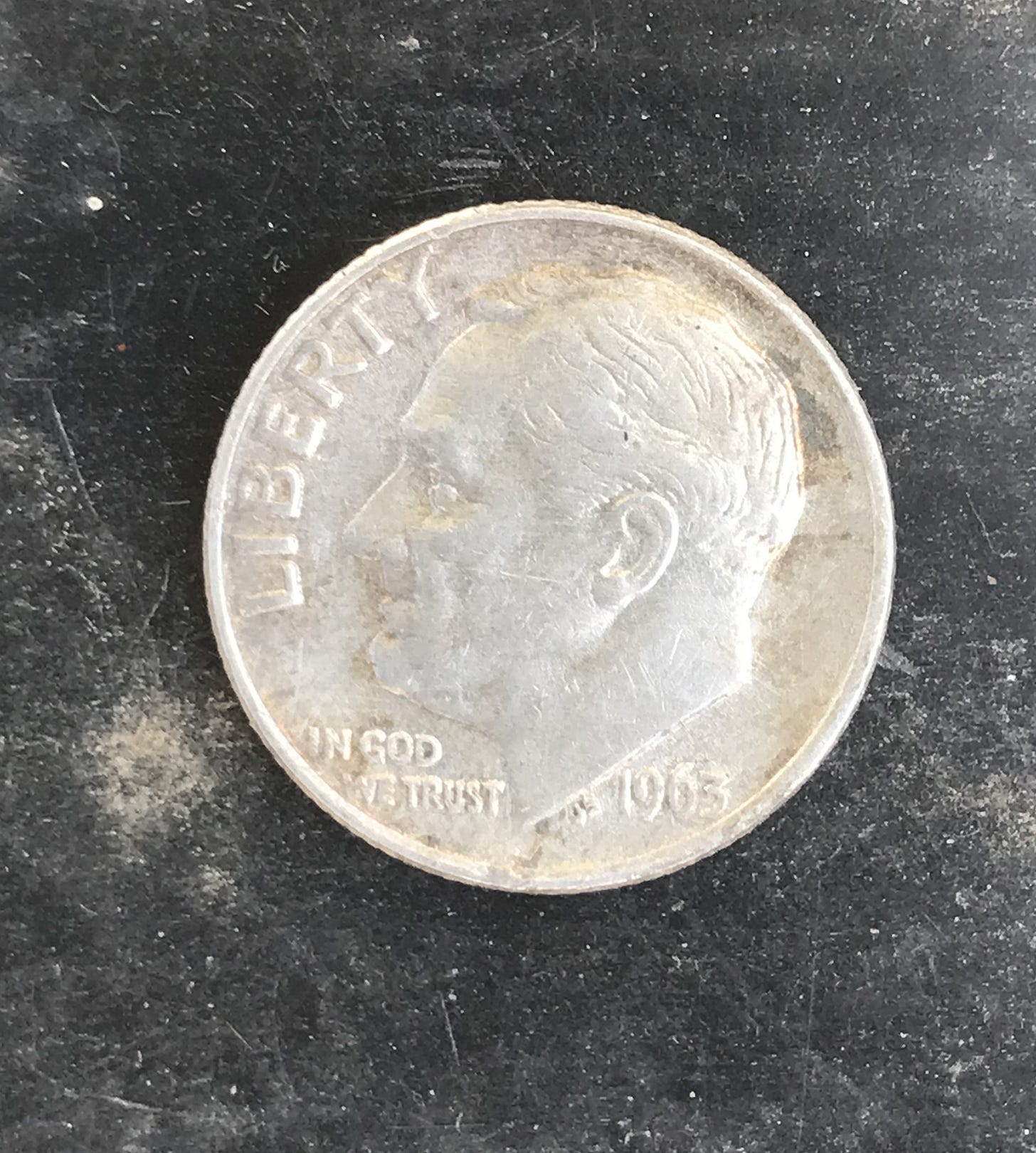
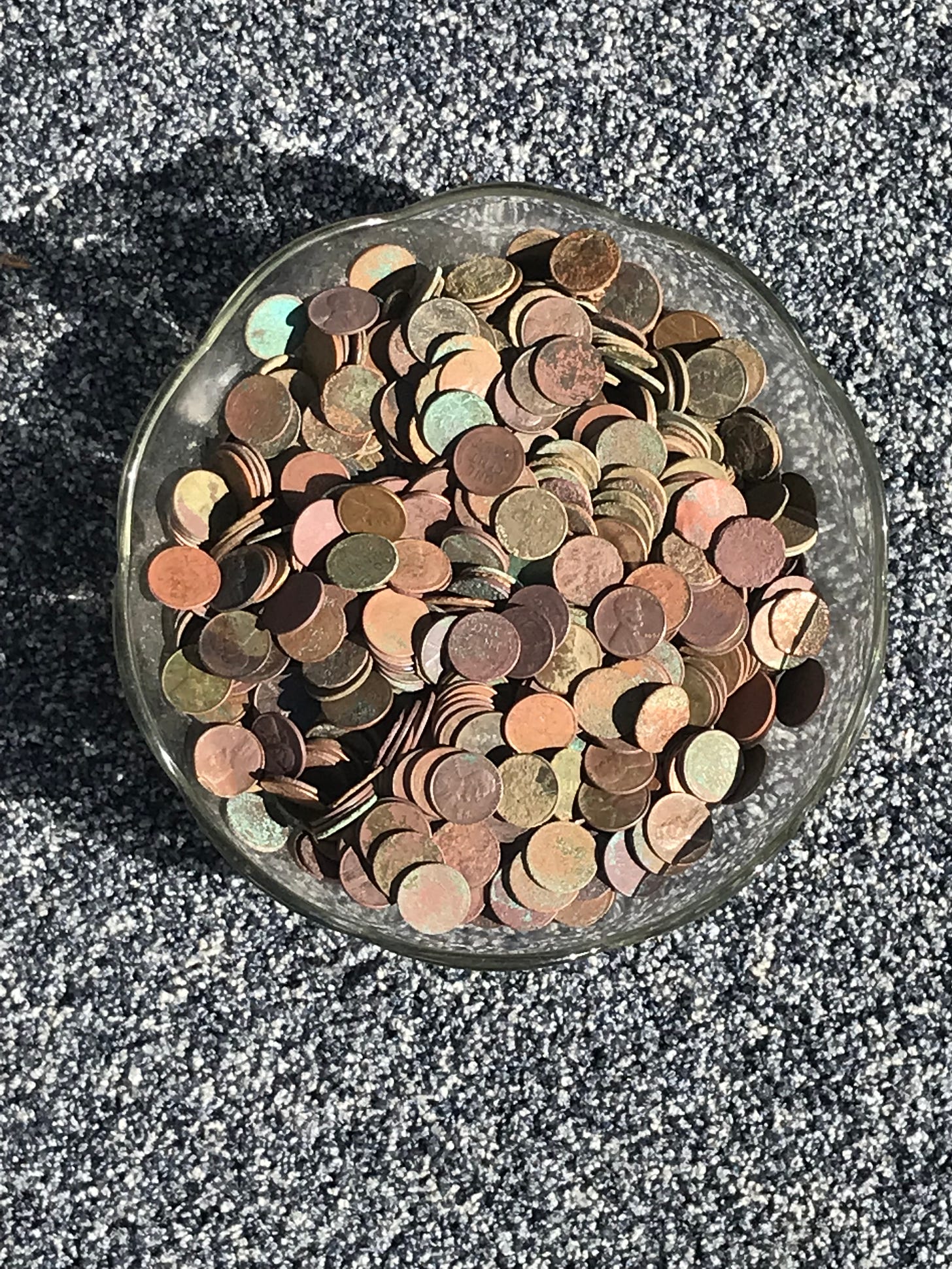
One of my favorite posts! Everyone loves a good origin story!